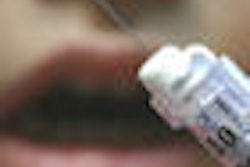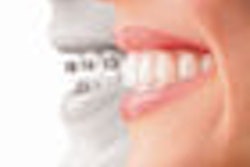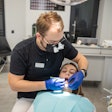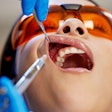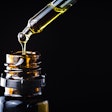Buccal infiltration is more effective than lingual infiltration in obtaining anesthesia of the first mandibular molar and premolar teeth, according to researchers from the Newcastle University School of Dental Sciences (International Endodontic Journal, March 30, 2011).
In a randomized double-blind study, they administered 1.8 mL of 4% articaine with 1:100,000 epinephrine as a buccal or lingual infiltration in the mandibular first molar region of 20 healthy volunteers. The responses of the first molar, a premolar, and the lateral incisor teeth were assessed using an electronic pulp tester over a 47-minute period. Successful anesthesia was defined as "no response to maximum stimulus from the pulp tester on two or more consecutive tests."
The number of "no responses" was significantly greater for all test teeth after the buccal injection compared with the lingual approach (p < 0.001), according to the researchers. Successful anesthesia was more likely following the buccal infiltration compared with the lingual method for molar (65% and 10%, respectively) and premolar (90% and 15%, respectively) teeth.
There was no difference in anesthetic success for the lateral incisor, they noted.




